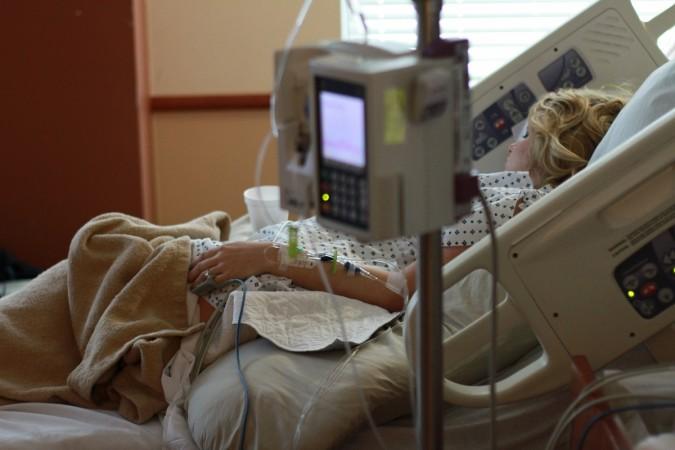
The debate surrounding healthcare in the United States is ever so engaging. Multiples, studies, surveys and discussions on the matter have uncovered something new every single time. This time, a study published in the Journal of the American Medical Association finds that the US spends nearly twice as much as 10 high-income countries on health care.
Healthcare spending in the US is a major concern, believed to be driven by the high prescription drugs to doctor's salaries.
To shed some light on the matter, researchers compared the US healthcare system to that of 10 other high-income countries - the United Kingdom, Canada, Germany, Australia, Japan, Sweden, France, Denmark, the Netherlands, and Switzerland. The study was conducted by researchers at Harvard's TH Chan School of Public Health.
Despite the persistent claims that the US has the best healthcare system in the world, there's not much evidence that Americans get the proclaimed high-quality medical treatment or enjoy healthier lives than the counterparts abroad.
Who is responsible for the US healthcare system?
Attempts to change the exorbitant system have resulted in nearly every healthcare sector being held responsible - from drug companies to health insurers and hospitals. Though the main factor that the arguments seem to ignore is the 'sky-high prices' everywhere.
This is demonstrated well in the study where the countries were compared in seven areas of spending:
- Population health
- General spending
- Structural capacity
- Pharmaceuticals
- Utilization
- Equity
- Access and quality
The data collected for the study came from international organizations like the Organization for Economic Cooperation and Development. Researchers found that it was not one single sector that cost a lump sum. Every single sector was found to have its share of high price tags.
Here's what co-author, Dr Ashish Jha, had to say on the matter:
Most countries get to lower prices one of two ways: they either have a very strong price setter, usually a government agency, or more efficient markets.
The US has figured out how to do the worst of both."
From the average salary of a physician to administrative costs, high spending in multiple sectors and the statistics that influence the spending - everything seems to be at odds with an affordable healthcare system in the US.
Here are a few key highlights:
- In the US, the per capita spending for prescription drugs was $1,443 while the other countries ranged from $466 to $939.
- The average salary for a general healthcare practice physician in the United States was $218,173 while the other countries were between $86,607 and $154,126.
- High administrative costs - it is 8% of total health spending in the US while other nations spend between 1% - 3% for their health plans.
- The United States often had the worst overall health coverage and worst population health outcomes.
- Life expectancy rate in America was ranked last.
- It has the worst maternal mortality rates, more infant deaths than any other nation, and high rate of low birth weight babies.
- Health insurance rates in the US ranked last. There is universal or near-universal health insurance in other nations.
Poor health insurance leaves about 27 million people with no access to proper healthcare. Insurers have scaled back a number of physicians and hospitals in their networks.
While the obvious answer would be to immediately start working towards cost-cutting, researchers who have studied the system say otherwise.
I'm happy to move in either direction that will allow for lower prices, but right now we're not even having that debate. We're fighting over all sorts of other things," Ashish Jha said.
The study had some possible weaknesses like comparability of data, with different countries having 'modest' differences in data collection. But the comparison of the healthcare system of different countries speaks for itself.

















